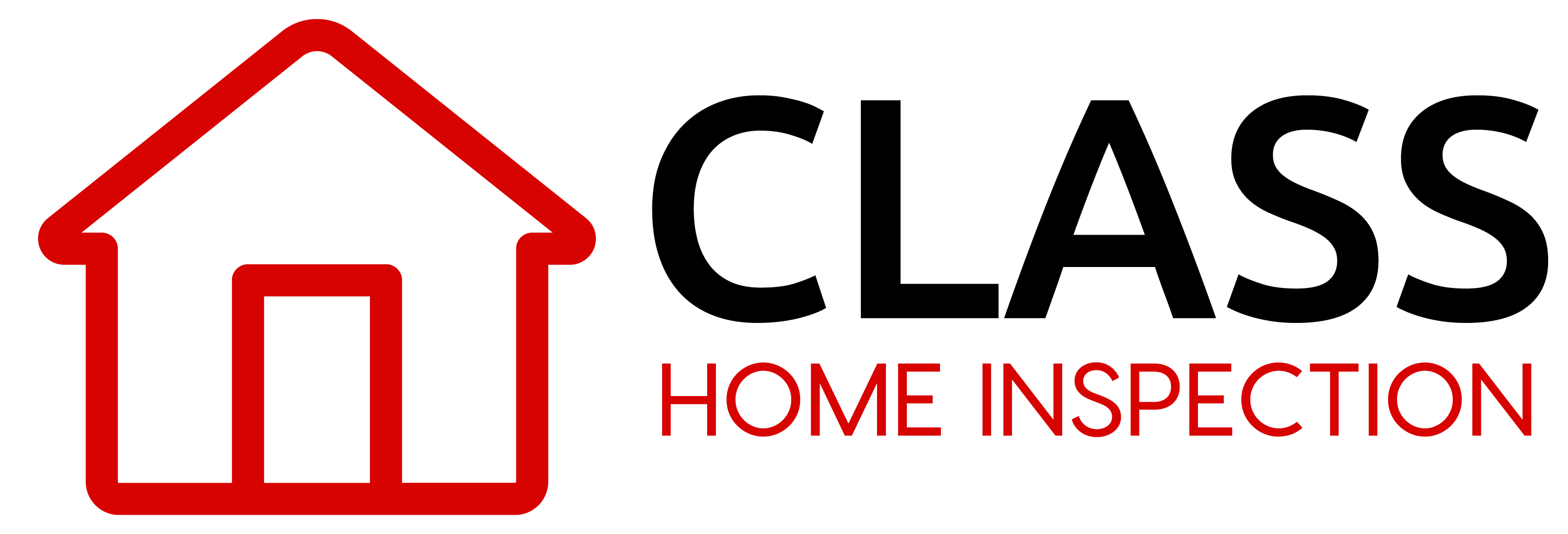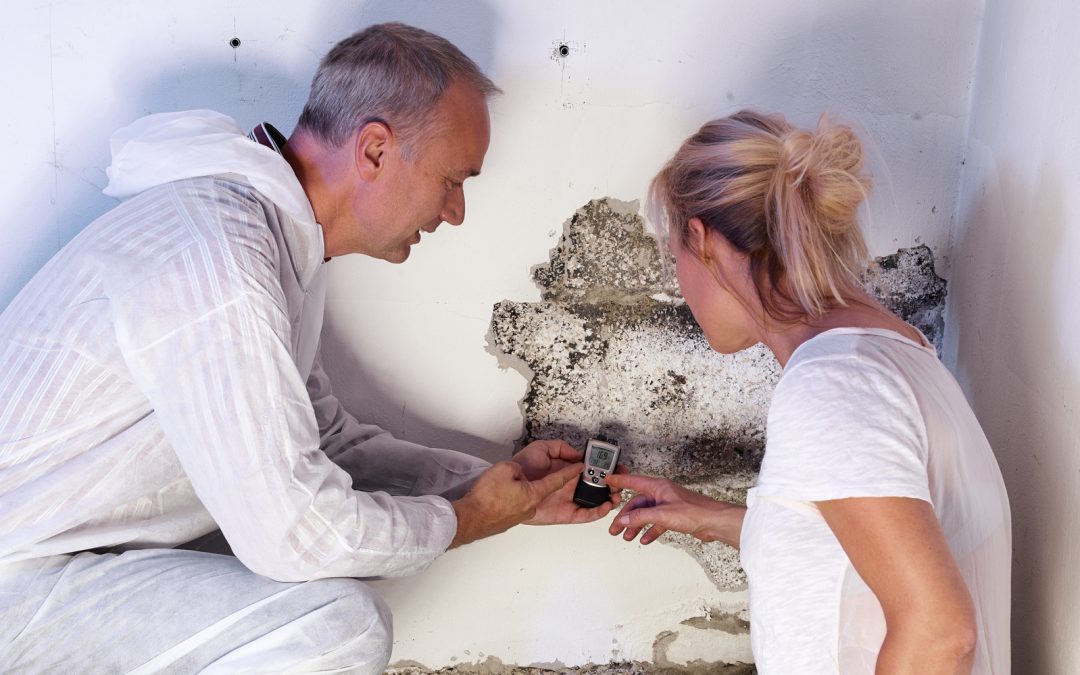When you are buying a home, the inspection process is a valuable tool. It alerts to conditions or issues and helps determine the correct value of the home.
If you are the seller, an inspection will spotlight things that should be fixed to increase the overall property value of the home.
Basement mold requires immediate attention if discovered. Mold issues will lower the value and also puts the residents of the home at risk for health concerns.
Read on for more information.
What to Expect From a Home Inspection
Preparing for a home inspection is stressful, and some homeowners worry that it will turn into a nightmare experience. The best way to avoid that is to know what to expect.
It is the inspector’s job to go through everything both inside and outside the home. It is not a personal judgment, just a fact-finding mission to determine the condition of the home.
The first thing you should do is a complete walkthrough of your own. Make a note of any obvious signs of neglect or things that need to be repaired, painted, replaced, or cleaned. This includes the yard and landscaping. The more you take care of before they arrive, the better.
Ensure they have complete access to every room or area, including all crawl spaces, basement, or attic. If you have pets, they should be out of the home during the time of the inspection.
Have all paperwork and documents available for any maintenance records or appliance warranties. Once the report is completed, review it and work with your realtor to determine which items need to be addressed.
If mold is found in the home or basement, then you definitely must remedy that as soon as possible. The presence of mold can decrease the value of the home by over 20% in some cases.
Causes of Basement Mold
Mold grows and thrives in dark, moist areas. That makes the basement a perfect spot. Mold also needs some sort of organic material to feed off. This can include drywall, carpet, wood, insulation, or even dust inside the home.
Once established, mold will continue to grow and multiply in the home. Its presence is seen as little black specs on walls and surfaces. It also emits a musty, stale odor. It can even be slippery when growing on damp basement stairs.
Mold can be found in any room, but basements are likely culprits. Water from a leaking roof, washing machine, or overflowing sinks will easily find it’s way to that low spot. Moisture from the ground itself can also seep in.
The Health Dangers of Black Mold
It is commonly believed that black mold is more dangerous than other types of mold. The truth is, there are many varieties of mold that are dark and/or black, and there is no scientific research to back up claims that one is more serious than the other.
The type of mold that some people are sensitive to is S. chartarum, which is a form of black mold. The symptoms after exposure vary from person to person but include headaches, body aches, nosebleeds, and even changes in mood.
People who already suffer from allergies are at a greater risk for symptoms. It could cause running eyes and nose, irritated throat, coughing, and even trouble breathing.
It is also true that those with a weakened immune system are more likely to suffer after exposure to mold. The bottom line is it is difficult to determine who is at risk or what those risks are. The only solution is to get rid of it as soon as possible.
Getting Rid of Basement Mold
If the home mold problem is small, there are some non-toxic ways to address the issue.
Hydrogen peroxide works well to get rid of mold on appliances, floors, and even walls. It is best to use a 3% concentration and test on a small area to make sure there is no discoloration of the wall or surface. Leave on for up to ten minutes and then wash off.
White vinegar is also effective and kills over 80% of all mold, including black mold. Use it undiluted and spray on a surface and allow to sit for an hour. Wipe clean with clear water. There is a slight odor of vinegar, but it doesn’t last very long.
For a better smelling idea, pure lemon juice poured onto the spot will also work to break down the mold. Leave it on for about ten minutes and wash off.
Of course, for a serious mold infestation, you should always call in a professional mold removal service.
How to Prevent Mold in the Home
To avoid having to worry about a mold inspection or how to remove it, the best choice is to try and prevent it altogether.
Keep your basement as dry as possible. Use a dehumidifier to draw moisture from the air. Exhaust fans are another great tool to keep the air circulated and release any mold outside the home. You can also apply a waterproof coating to the walls.
Clean the basement regularly. You might not think it necessary, but keeping the area clean and dry will go a long way in preventing mold. Always use a vacuum with a HEPA filter.
Address any water damage that occurs anywhere in the home. Whether from storm damage, leaking pipes, or overflowing sinks, or toilets, never let water stand in the home. Clean it up and then repair the source of the problem.
Be careful about what is stored in the basement. Books, clothing, and carpet are just a few things that attract mold. If they must be stored in the basement, be sure to use airtight containers.
Mold Issues Cost Money
The bottom line is basement mold will affect the bottom line of the property value.
You don’t want to get caught with a huge repair bill or lose a potential sale because of mold concerns. Find it, fix it, and then prevent it from coming back.
For a fair and complete home inspection conducted by an experienced professional, please schedule an appointment today.

